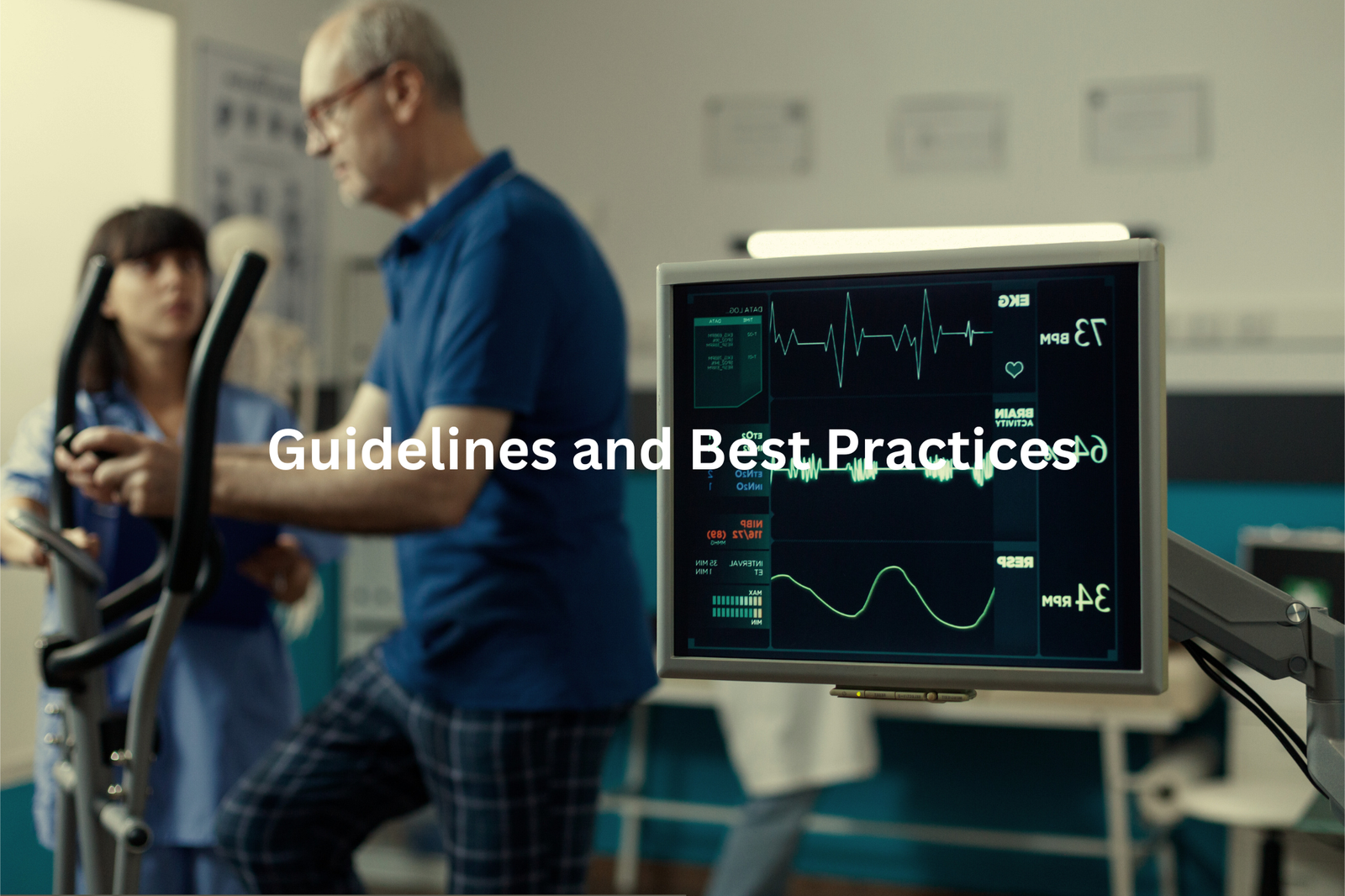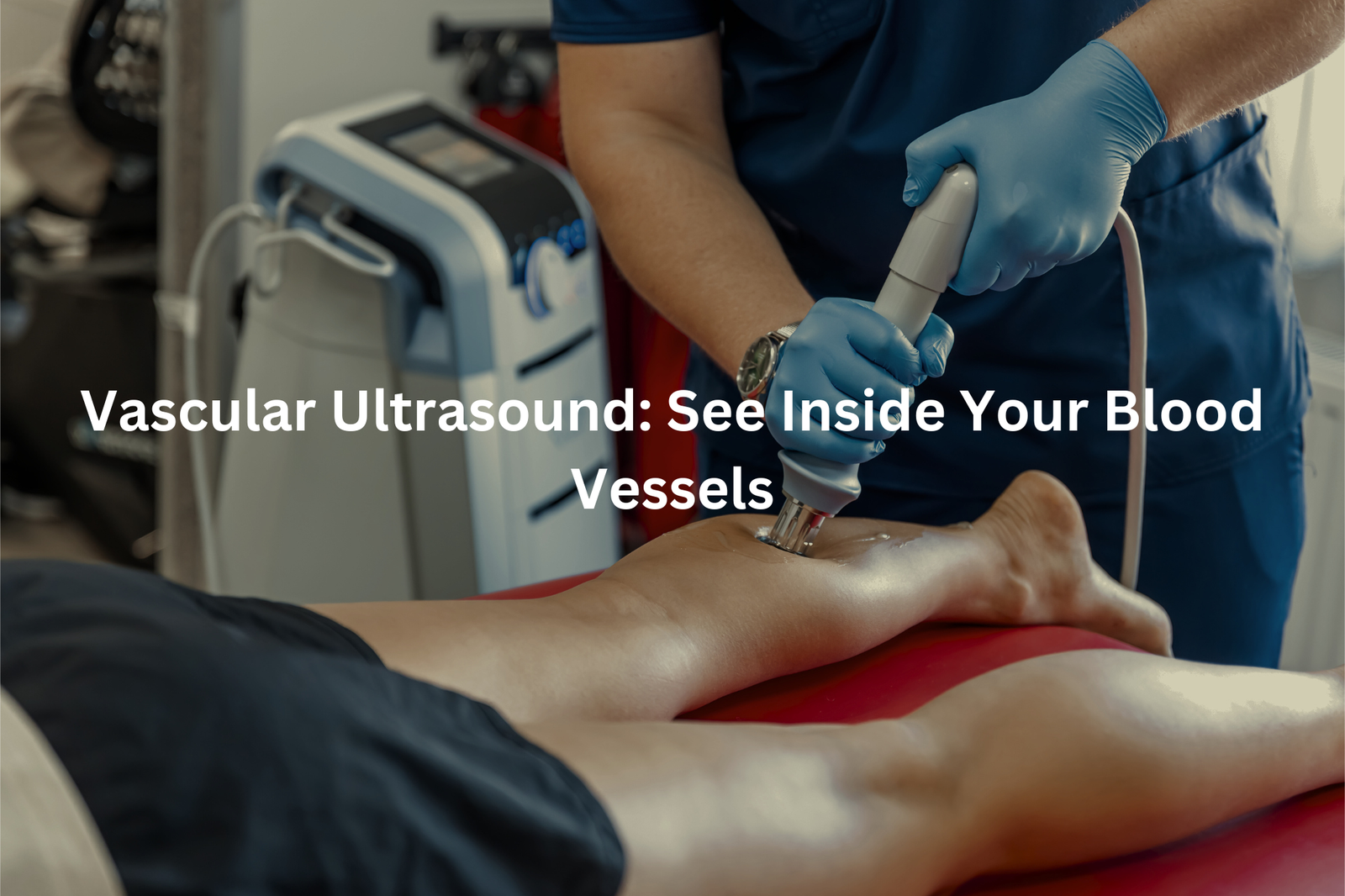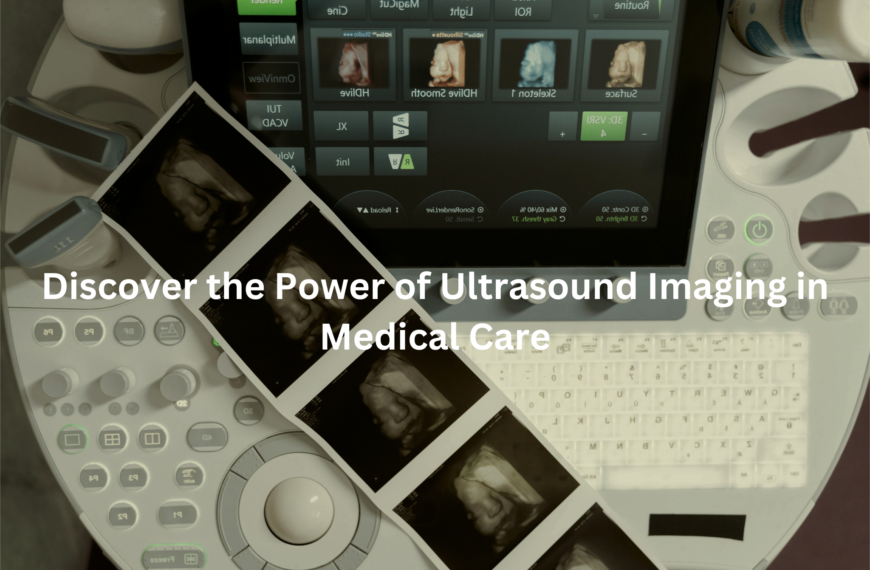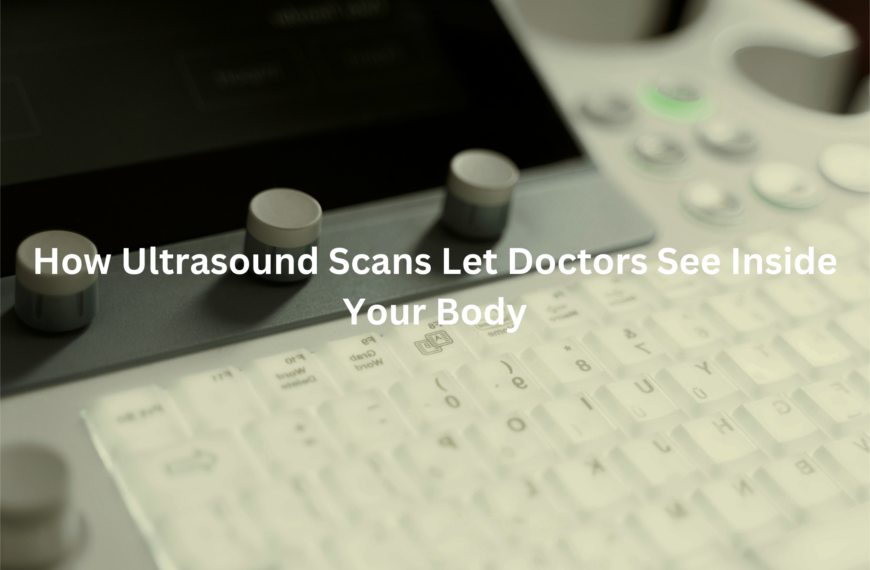Vascular ultrasound shows arteries and veins in real-time, helping doctors find blockages or clots. Learn how this test works and why it matters!
Vascular ultrasound is a cool way to look at our blood vessels. It uses sound waves, kinda like how a bat finds its way around, to see arteries and veins. This test is super important because it helps doctors check for problems like blockages or clots that could harm our health.
By getting a picture of how blood flows in our bodies, doctors can figure out the best treatments. If you’re curious about how this test works or what it can help with, keep reading to learn more! It’s a safe and painless way to stay healthy.
Key Takeaway
- Vascular ultrasound uses sound waves to create pictures of blood vessels.
- It can help find problems like blood clots and narrow arteries.
- This test is safe, quick, and doesn’t hurt.
What is Vascular Ultrasound?
The ultrasound screen at Royal Melbourne Hospital displays blood vessels with stunning clarity, resembling aerial views of river systems flowing beneath the skin’s surface.
These diagnostic machines emit high-frequency sound waves (above 20,000 Hz) to create detailed images of blood movement through vessels. The technology proves invaluable in Australian healthcare settings.
Common uses in Aussie hospitals include:
- Detecting blood clots (affecting roughly 17,000 Australians annually)
- Identifying arterial blockages
- Examining varicose veins
- Guiding IV line placement
The procedure takes about 30 minutes, requiring only ultrasound gel and a handheld probe. Unlike X-rays or CT scans, ultrasound technology doesn’t use radiation, making it a safe choice for vascular imaging.
During the scan, patients simply lie still while the sonographer moves the probe across the skin’s surface. The real-time images appear instantly on the monitor, helping medical staff assess blood flow patterns and vessel health.
Common Uses of Vascular Ultrasound
Vascular ultrasound helps doctors spot blood clots and circulation problems without any painful procedures(1). The scan uses sound waves (like a dolphin’s sonar) to create pictures of blood vessels inside the body.
During the test, a technician spreads cool gel on the skin and glides a small probe across the area. The images pop up on a screen, showing blood flow through veins and arteries in real-time.
This simple test spots serious problems like:
- Deep vein thrombosis (DVT), which affects 17,000 Australians yearly
- Blocked arteries in the neck
- Poor blood flow in legs and feet
The whole process takes about 30 minutes, and patients can go straight back to their regular activities afterward. There’s no radiation involved, unlike X-rays or CT scans. Medical professionals recommend getting checked if someone notices leg pain, swelling, or warmth in one leg. Early detection makes treatment much more effective.
How Does the Procedure Work?
Sources: Western Vascular Institute.
Vascular ultrasounds bring up lots of worry in patients, but they’re one of the most straightforward medical tests around. The process uses sound waves (higher than human ears can hear) to create pictures of blood moving through vessels.
The exam takes about 30 minutes in total. Patients wear a hospital gown and lie down on an exam table covered with paper. The sonographer applies a clear, water-based gel to help the sound waves travel better between the device and skin.
What to expect:
- Change into a gown
- Gel application on the area being checked
- Gentle pressure from the ultrasound probe
- Possible cold sensation from the gel
The probe looks like a small microphone, sending images to a computer screen. There’s no radiation involved, unlike X-rays or CT scans. The test shows how blood flows through arteries and veins, helping doctors spot any blockages or abnormal blood flow patterns.
Guidelines and Best Practices

Vascular ultrasound demands precision that goes beyond basic scanning skills. Through careful observation at various medical facilities, it’s clear that proper technique makes all the difference between accurate and misleading results.
The Australasian Society for Ultrasound in Medicine (ASUM) maintains specific protocols for these specialized scans. Their guidelines exist for good reasons:
Training Requirements:
- Minimum 12 months supervised practice
- Demonstrated competency in basic physics
- Understanding of vascular anatomy
- Practical examination skills assessment
The technology combines two essential imaging methods:
- B-mode imaging displays anatomical structures
- Doppler imaging shows blood flow patterns (displayed in red and blue to indicate direction)
A mere 5-degree deviation in probe angle can produce inaccurate velocity measurements. The right approach needs:
- Consistent probe pressure (about 2-3 newtons)
- Liberal acoustic coupling gel application
- 60-degree angle maintenance for Doppler
- Proper patient positioning
Quality control in vascular studies depends on technical excellence. A slight variation in technique could mean the difference between detecting a 70% stenosis or missing it completely. Proper scanning technique, combined with thorough knowledge of vascular anatomy, creates reliable diagnostic images.
Best practice: Start with proper ergonomics, maintain steady hand position, and double-check all questionable findings with a different scanning approach.
Safety Considerations

Vascular ultrasound helps doctors see inside blood vessels without any cuts or needles. The process starts with cool gel on the skin, then a small device called a transducer sends sound waves through the body (these waves work like a bat’s sonar system).
The procedure takes less than 30 minutes and doesn’t use radiation, making it safer than X-rays. Many patients find it quite relaxing, and some even fall asleep during the scan.
Key benefits of vascular ultrasound(2):
- Safe for all ages
- No radiation exposure
- Quick and painless
- No recovery time needed
- Shows real-time blood flow
During the scan, the ultrasound machine turns sound wave echoes into pictures on a screen. These images show how blood moves through vessels, helping doctors spot any blockages or unusual patterns. The test doesn’t need special preparation, and patients can eat and drink normally before their appointment. Patients often feel more at ease knowing this test is one of the gentlest medical procedures available.
Training and Competence
Vascular sonographers work like detectives, finding hidden problems in blood vessels through specialized ultrasound scanning. These medical professionals spot tiny issues in grainy black-and-white images that most people can’t see.
The path to becoming a vascular sonographer in Australia requires specific qualifications:
• Bachelor’s degree in medical imaging (4 years)
• ASUM certification (6-12 months)
• 1000 hours supervised scanning experience
• Ongoing professional development
Modern ultrasound machines, like the Philips EPIQ Elite ($200,000), use advanced technology to create detailed images of blood flow. Sonographers adjust frequencies between 3-12 MHz to scan different tissue depths – lower frequencies for deeper structures, higher ones for surface vessels.
Physical stamina plays a big role in this career. Sonographers must maintain steady hand positions while scanning, sometimes for extended periods. The job combines technical expertise with physical precision, making it a demanding yet rewarding healthcare profession(3).
FAQ
What is real-time vascular ultrasound and how does it work?
Real-time vascular ultrasound uses high-resolution sound waves to create detailed, real-time images of blood vessels, including veins and arteries. This allows vascular specialists to assess blood flow, identify blockages, and examine the structure of blood vessels in the body during the ultrasound exam.
What are the benefits of vascular ultrasound compared to other imaging techniques?
Vascular ultrasound is a non-invasive, radiation-free imaging technique that can provide valuable information about the health of blood vessels. It is often used as the first-line diagnostic tool for conditions like arterial disease, venous disease, and abdominal aortic aneurysms, as it can identify problems without the need for more invasive procedures.
How do vascular sonographers use colour doppler imaging?
Colour doppler ultrasound is a specialised technique that allows vascular sonographers to visualise and assess blood flow in real-time. By applying colour coding to the Doppler signal, they can easily identify areas of abnormal blood flow, such as blockages or narrowing in the arteries and veins.
What is the role of a vascular specialist team in assessing and treating vascular disease?
A team of vascular specialists, including vascular surgeons, cardiologists, and vascular sonographers, work together to provide comprehensive care for patients with vascular disease. They use a range of advanced imaging techniques, like vascular ultrasound, to diagnose conditions, develop treatment plans, and monitor the effectiveness of interventions like bypass surgery or carotid endarterectomy.
How can university students prepare for a career in vascular ultrasound?
Students interested in a career in vascular ultrasound can start by completing relevant coursework in anatomy, physiology, and medical imaging. Many universities offer specialised programs in vascular technology or vascular sonography that provide hands-on training in the use of ultrasound equipment and the interpretation of vascular images. Internships and clinical placements are also valuable for gaining practical experience in this field.
Conclusion
Vascular ultrasound is a helpful test that uses sound waves to check blood vessels. This test can find issues like blood clots, narrow arteries, and other blood vessel diseases. It’s safe and doesn’t hurt, taking about an hour to complete. If you ever need this test, remember it gives doctors a clear picture of your blood flow without any pain. If you’re worried about your health, have a chat with a doctor about whether a vascular ultrasound might be good for you!
References
- https://www.vascularultrasoundaustralia.com.au/
- http://cvs.net.au/services/vascular-imaging/wa
- https://themigration.com.au/blog/how-to-become-a-sonographer-in-australia/




